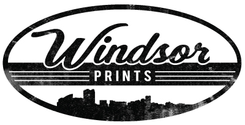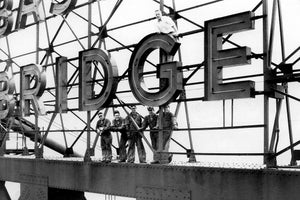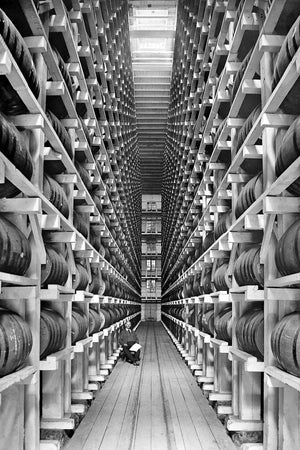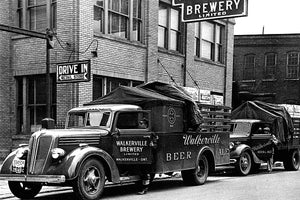"Ford City" the birthplace of the automotive industry in Canada.
In 1904, local entrepreneur Gordon McGregor, president of the Walkerville Wagon Works, formed a partnership with American automotive pioneer Henry Ford. McGregor’s commitment to assemble automobiles in a converted wagon factory gave rise to the Ford Motor Company of Canada. As the company grew, so did the fortunes of this community. Once a sleepy village known as Sandwich East Township, a largely French settlement, it was soon dubbed “Ford City.”

(Aerial of Ford City, 1910)
In 1913, Ford City was incorporated as a village and, three years later was recognized as a town. In 1929, the community reached its apex with a population of 16,000, six schools, and a fully developed infrastructure of municipal services; Ford City then changed its name to East Windsor. Along Drouillard Road – its main thoroughfare, many stores and commercial conveniences serviced the community. In 1935, it was amalgamated with the city of Windsor.
The towns of Walkerville and Ford City stood side by side, but were complete contrasts. Under the watchful eye of Hiram Walker, Walkerville enjoyed measured and planned growth, while Ford City’s development was more haphazard and meteoric, propelled by the coming of the automobile.

(Wagon Works Factory, Ford City, 1900)
From humble beginnings as the Walkerville Wagon Works, the Ford Motor Company of Canada and Ford City expanded to encompass an area of hundreds of acres, employing thousands of workers – fueled by the most rapid growth of manufacturing ever witnessed in Canadian history.

(More than 1,700 Ford of Canada workers gather for a photo sometime during WWI (1914-1918)
The Ford Motor Company of Windsor’s famous “Plant 1” was constructed on reclaimed Detroit River land between 1912 and 1914. Finished cars had to be carefully eased down the steep ramp at far right. The massive “Ford Motor Company of Canada” sign on its roof featured 15-foot tall metal letters, and ran across the building’s face for more than 450 feet.

(Manufactured in Windsor, The ubiquitous Universal, or 'Bren Gun', Carrier was widely used by British and Commonwealth troops in World War 2. Manufactured in Britain, Canada and Australia, the carrier served on every front, in every formation, and in a variety of roles ranging from infantry support to gun tractor to logistics and communications. Ford of Canada produced almost 29,000 universal carriers in WW2, along with 5,000 Windsor carriers. )
During World War II, the sign was scrapped and used to produce military vehicles. Plant 1 was demolished during the winter of 1969-70. Postmarked October 11, 1916.

Shop for Ford City Prints at Windsor Prints
By Chris Edwards, Walkerville Publishing








